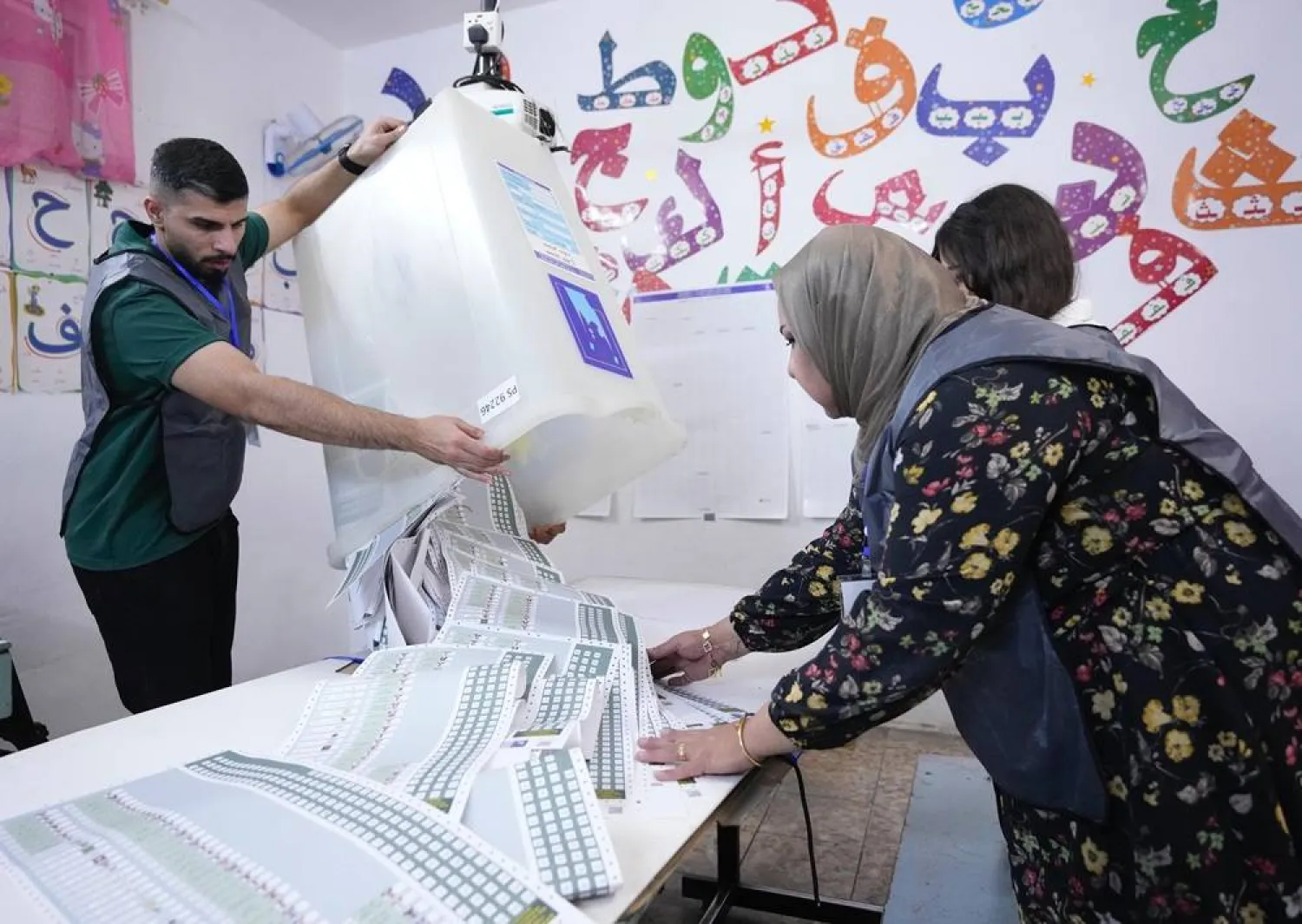A famine-stricken camp in Sudan's conflict-torn Darfur region is facing a "significant" new influx of displaced people while floods threaten to contaminate water and sanitation facilities, according to satellite imagery published on Friday.
The findings from Yale Humanitarian Research Lab show that toilets and nine out of 13 water points have been inundated at the Zamzam camp for internally displaced people (IDPs) in North Darfur, raising the risk of cholera and other diseases in an area already facing extreme levels of malnutrition.
The camp, hosting about 500,000 people, has become more crowded as people have fled recent fighting between Sudan's army and the Rapid Support Forces (RSF), which broke out in April 2023.
The images analyzed by the Yale researchers show brown floodwaters submerging outdoor toilets and areas where people queue for water.
"We need water, food, healthcare, and for God to lift this curse from Sudan, nothing more than that," said Duria Abdelrahman, who told Reuters she had received no aid since arriving in the camp. Women were seen cleaning leaves to eat.
Zamzam is the largest IDP camp in Sudan, and some people have lived there for more than two decades.
On Thursday, the world’s global hunger monitor determined that Zamzam is experiencing famine, only the third such assessment since the Integrated Food Security Phase Classification, an international food security standard, was established two decades ago
“For humanitarians, our worst-case scenario, what we train for as the sum of all fears, is happening on the ground right now,” said Nathaniel Raymond, executive director of the Yale Humanitarian Research Lab.
“A population already vulnerable due to being food and water deprived, on the move and under siege, now is surrounded by floodwaters that are contaminated with human and animal faeces.”
Zamzam is near al-Fashir, capital of North Darfur and the only significant holdout from the RSF across Darfur. At least 65 people were killed this week as the group besieges the city.
The main hospital is out of service after an RSF attack.
- DIRTY WATER
Zamzam and other areas where more than 300,000 people have fled are controlled by armed groups that are neutral or allied with the government and therefore offer some protection. But they have little food and few services because the army and RSF have prevented assistance from entering.
Residents say they cannot reach farms as RSF soldiers surround the area, while most have no money for the little food that enters markets. The IPC said the Abu Shouk and al-Salam camps in al-Fashir are likely facing similar conditions to Zamzam.
Residents have limited access to fresh water, the Yale researchers said.
“The water is unsafe because it mixes with all the dirt,” Zamzam resident Yahia Ali told Reuters, pointing to brown rainwater collected in a tarp. “And even though it’s dirty we are forced to drink it.”
The Yale researchers used satellite imagery to identify enough standing water at the camp to cover at least 125 soccer pitches. The researchers also documented submerged toilets at Al Salam School 36 for Adolescents and another school compound.
A Reuters eyewitness said newcomers from al-Fashir sheltering in a roofless school had water up to their knees.
In al-Fashir, the Yale researchers documented flooding of hospitals, food and water distribution sites, and markets. The Mawashi Market, where livestock is slaughtered and sold, was also inundated and the researchers called it “a particularly concerning vehicle of contamination”.
As of early July, Sudan had 11,000 cholera cases nationwide, according to the health ministry, although none had been recorded in North Darfur.
Waterborne disease outbreaks occurred in Darfur during a devastating conflict that began in 2003.
Zamzam is one of 14 locations across Sudan where the IPC has said famine is likely, most of them other displacement camps that have seen little aid enter since the latest war began.
“This is not just the situation in Zamzam, but the condition of all the other camps in Darfur, more than 171 camps suffering the same conditions,” said Adam Rojal, spokesman for the Displacement Camps Coordinating Committee, an activist network.









